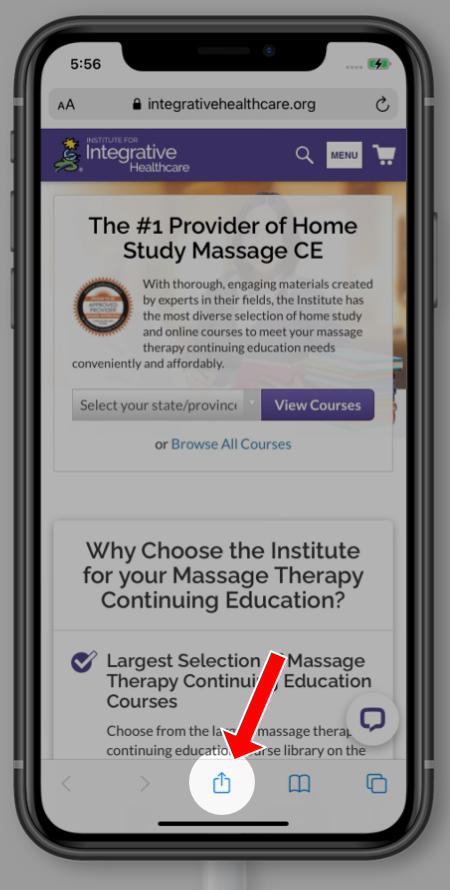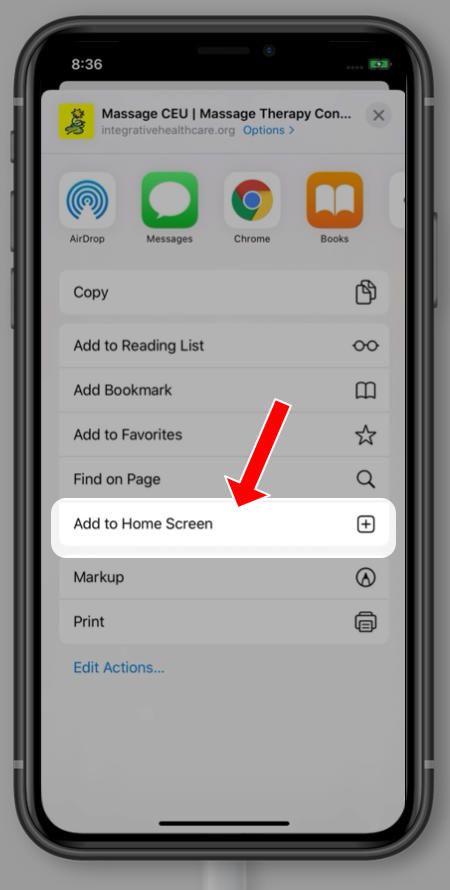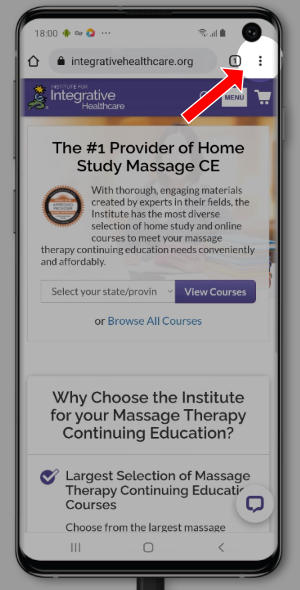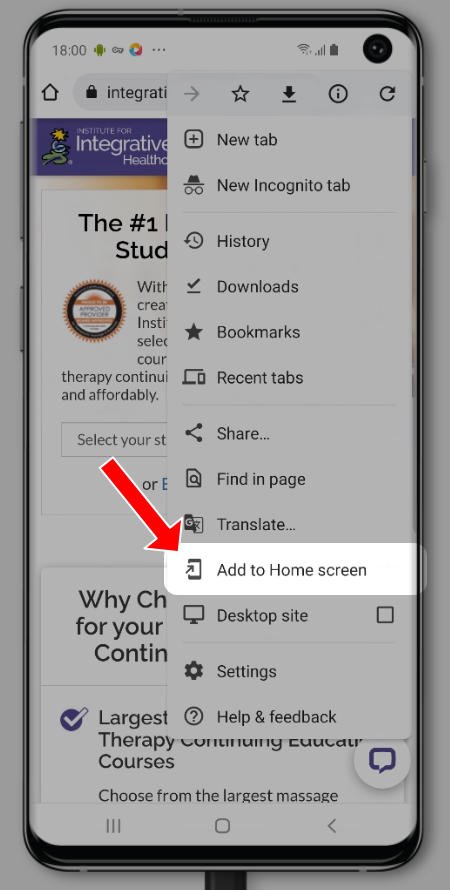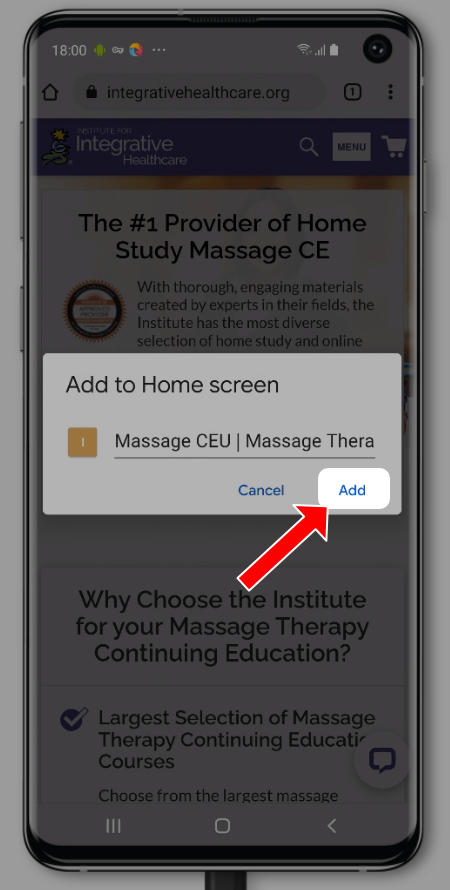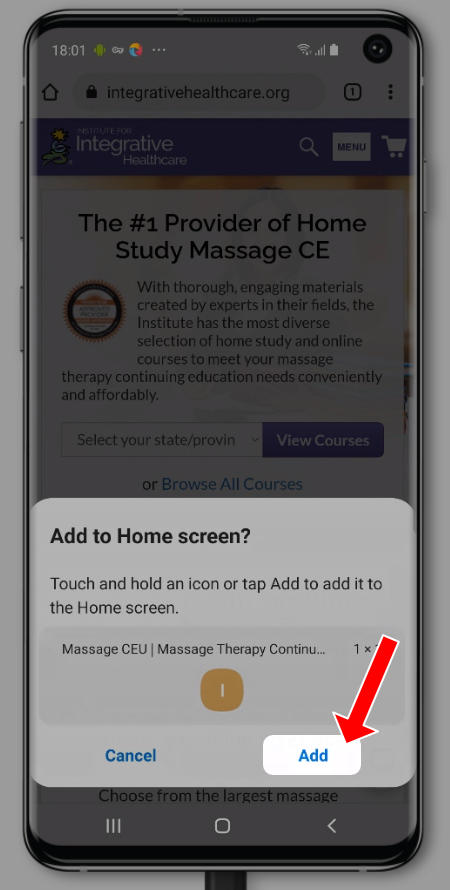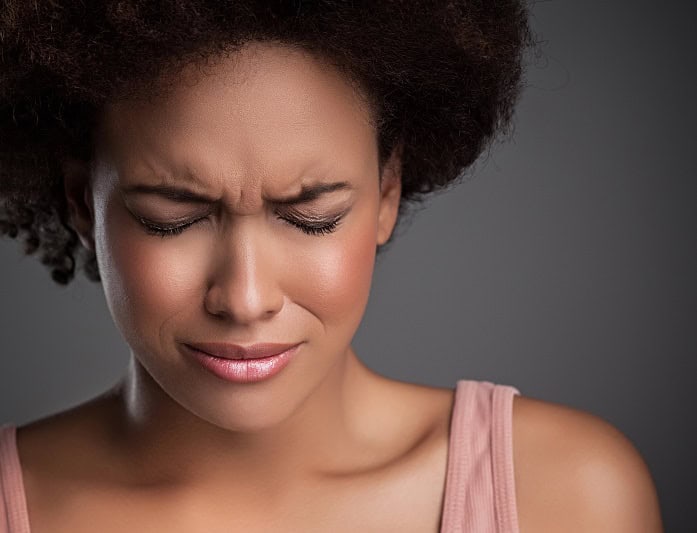

Uterine fibroids affect between 20 to 80 percent of women by the time they reach age 50. Despite its high prevalence, there is a great deal of misinformation over what uterine fibroids are, why they occur, what the symptoms are and what role bodywork can play in minimizing this typically painful condition.
Benign Uterine Tumors Explained
Also called leiomyoma, uterine fibroids are muscular tumors that grow in the wall of the uterus.
Usually benign growths, fibroids can grow as a single tumor or there can be many – ranging in size from an apple seed to a grapefruit. Below are several important facts about uterine fibroids:
- Uterine fibroids are NOT associated with an increased risk of uterine cancer.
- Uterine fibroids tend to decrease in size after menopause.
- Uterine fibroids are typically diagnosed via palpation during a gynecological exam and confirmed with an ultrasound.
- While severe uterine fibroids may require surgery, many women benefit from newer, minimally invasive treatments such as uterine fibroid embolization (UFE), MRI-guided focused ultrasound, or hormone-based therapies.
Causes and Risks of Uterine Fibroids
As is the case with most unwanted health issues, there is no singular, clear etiology of uterine fibroids. However, researchers have determined factors that are most commonly involved.
What Increases Uterine Fibroid Risk?
- Hormones – Both estrogen and progesterone impact uterine fibroids. The tumors grow rapidly during pregnancy when hormone levels are high, and shrink with anti-hormone medications or when a woman reaches menopause.
- Genetic – A tendency for uterine fibroids runs in families. If a woman’s mother had fibroids, her risk of having them is about three times higher than average.
- While the cause of uterine fibroids remains unclear, the risk of developing them increases with:
- Advancing Age (until menopause) – As women progress into their 30s and 40s, uterine fibroids become more common. However, they typically shrink after menopause.
- Ethnicity – In the United States, Asian-American and African-American women are two to five times more likely than Caucasian women to have fibroids.
- Being Overweight – Women who are overweight are at higher risk for fibroids; very heavy or obese women have a risk two to three times more than average.
- Diet – Eating a lot of red meat has been linked with a greater uterine fibroid risk, while consuming lots of green vegetables appears to reduce uterine fibroid risk.
Uterine Fibroid Symptoms
Because many don’t have any symptoms, women with uterine fibroids are often unaware of the tumor(s) in their uterus. However, some experience one or more symptoms.
Common Symptoms of Uterine Fibroids Include:
- Difficult Menstruation – heavy or painful periods, or bleeding mid-cycle
- Local Discomfort – a feeling of fullness, pressure or pain in the lower abdomen, pelvis or low back
- Elimination Issues – constipation or urinary frequency
- Sexual Complaints – women with fibroids frequently report pain during sexual intercourse
- Reproductive Problems – infertility, multiple miscarriages, early labor or other pregnancy complications
Whenever a woman has the symptoms associated with uterine fibroids, a visit to her physician is warranted. Once diagnosed, uterine fibroids do not automatically require treatment. When deciding on a therapeutic approach, a physician will consider if his or her client is having any symptoms, desires to become pregnant in the future or is close to menopause – as well as the size, number and location of the fibroids. In many cases, treatment is unnecessary. If a patient and her doctor opt for treatment.
Treatment options have expanded in recent years. In addition to traditional surgery like hysterectomy, many women today benefit from non-surgical or uterus-sparing treatments. These include uterine fibroid embolization (UFE)—also known as uterine artery embolization (UAE)—which blocks blood flow to fibroids, causing them to shrink.
Other options include MRI-guided focused ultrasound (MRgFUS), which uses sound waves to destroy fibroid tissue without incisions, and a variety of hormonal therapies, such as gonadotropin-releasing hormone (GnRH) agonists, progestin-releasing IUDs, or birth control pills to manage bleeding and shrink fibroids.
For those desiring to maintain fertility, a myomectomy can remove fibroids while leaving the uterus intact. And for individuals without symptoms, watchful waiting—monitoring the fibroids without immediate intervention—may be the best approach.
Bodywork and Fibroids
Whether or not a woman receives medical treatment for uterine fibroids, bodywork may be helpful. This is especially true when principles of Traditional Chinese Medicine (TCM) are applied via shiatsu massage. In TCM, uterine fibroids generally fit into one of the following three patterns:
- Stagnation of qi and blood
- Yin deficiency with empty heat
- Liver qi stagnation with spleen deficiency
Once the appropriate pattern is identified, shiatsu can be skillfully applied to move qi or blood stagnation and/or fortify the yin or spleen.
In a study published in 2002, researchers from Arizona evaluated alternative medical approaches for uterine fibroids. While this study is now dated, it found that fibroids shrank or stopped growing in 59 percent of participants who received Traditional Chinese Medicine (TCM), bodywork, and guided imagery—compared to just 8 percent in the conventional treatment group.
More recently, a 2023 systematic review and meta-analysis published in Frontiers in Medicine evaluated the effects of acupuncture for uterine fibroids across multiple randomized controlled trials. The researchers concluded that acupuncture may be effective in reducing fibroid volume and improving related symptoms, such as menstrual pain and heavy bleeding, particularly when used alongside conventional therapies. While more high-quality research is needed, these findings support the role of complementary therapies like acupuncture and bodywork as part of a multidisciplinary approach to managing fibroid-related discomfort.
Massage Guidelines for Clients with Uterine Fibroids
Regardless of the type of bodywork utilized, practitioners are advised to avoid deep massage of the abdomen for a woman with uterine fibroids. In fact, any type of pressure that causes or exacerbates pain in the abdominal, pelvic or low back regions should be stopped. Along these same lines, women with fibroids may require extra attention to their comfort level. Similar to a pregnant client, a woman with symptomatic fibroids may be more comfortable in the side-lying position with a pillow between her knees instead of lying prone.
Uterine fibroids are very common and can create severe symptoms. Thus, all healthcare practitioners should have a firm understanding of them. In addition, bodyworkers who include shiatsu in their repertoire may offer valuable support in helping clients manage discomfort and promote overall pelvic wellness—particularly when used as part of a comprehensive care plan.
Originally posted 01/24/2011 – Updated 07/22/2025




